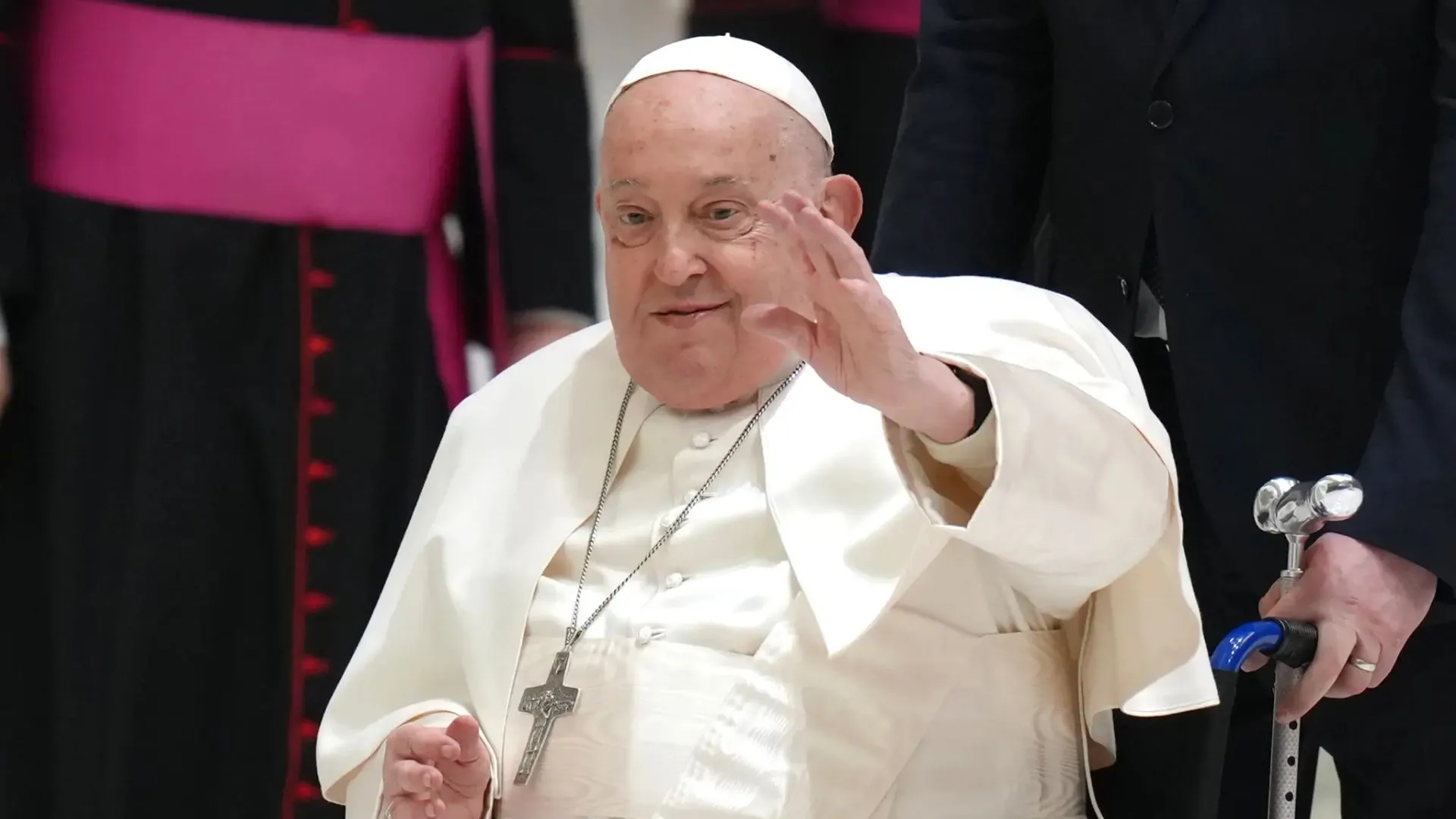When a Pope either passes away or resigns, the leadership of the Roman Catholic Church temporarily shifts to the College of Cardinals. This group of senior Church officials, dressed in red vestments, includes bishops, archbishops, and Vatican administrators from around the world. All of them were personally appointed by a pope at some point in time.
As soon as the papacy is vacant, the cardinals begin a series of daily meetings known as general congregations. These sessions are held inside the Vatican and focus on discussing the global state of the Church—its challenges, the direction it needs to take, and preparations for choosing the next pope.
If the papal seat becomes empty due to death, the cardinals also arrange the funeral and burial ceremonies. During this time, no new bishops are appointed and major decisions requiring the pope’s authority are put on hold. The most important task in these days is organizing the conclave—the process through which a new pope is elected.
Who Has the Right to Vote for the New Pope?
Not all cardinals are allowed to vote in a papal election. Only those under the age of 80 are eligible to take part in the conclave. These are referred to as “cardinal electors.”
In the most recent conclave, 115 cardinals were eligible to vote. Of these, 67 were appointed by Pope Benedict XVI. The electors came from different parts of the world, representing various cultures, countries, and communities within the Church.
The process officially begins with a special Mass held at St. Peter’s Basilica. This Mass is known as the “Pro Eligendo Romano Pontifice,” which means “For the Election of the Roman Pontiff.” After the Mass, the cardinals walk in a solemn procession to the Sistine Chapel.
Once inside the chapel, strict rules go into effect. No one is allowed to carry mobile phones, recording devices, or anything that could link them to the outside world. The rules of the conclave require total secrecy. If any cardinal is found breaking this confidentiality, they could face immediate excommunication from the Church.
How Voting Works: Choosing the Next Pope
Each round of voting in the conclave is highly ceremonial. Every cardinal writes down the name of their chosen candidate on a paper ballot. Above the name, the Latin phrase “Eligo in Summum Pontificem” is written. It means, “I elect as supreme pontiff.”
Cardinals are not allowed to vote for themselves.
Once written, the ballots are carefully folded and placed into a ceremonial chalice. To be elected as pope, a candidate must receive at least a two-thirds majority of all the votes.
How Often Do They Vote?
Cardinals vote up to four times each day—two rounds in the morning and two in the afternoon. If no one is elected after three full days of voting, the cardinals pause for a day of prayer, discussion, and reflection.
After this break, voting resumes. This process can continue for as many rounds as needed until someone secures the required majority.
The Smoke Signals: A Sign for the Public
After every round of voting, the used ballots are burned in a specially designed stove inside the Sistine Chapel. The smoke that rises from the chimney signals the result of that round to the waiting public in St. Peter’s Square:
-
Black smoke means no pope has been elected yet.
-
White smoke signals that a new pope has been chosen.
This centuries-old tradition is one of the most recognized and symbolic moments in the entire process.
“Habemus Papam”: The New Pope is Announced
About 30 to 60 minutes after white smoke appears, the Catholic world hears the long-awaited words:
“Habemus Papam”, which means, “We have a pope.”
This announcement is usually made by the senior Cardinal Deacon—most recently Cardinal Jean-Louis Tauran, unless he himself is elected. Soon after, the newly elected pope appears for the first time on the balcony of St. Peter’s Basilica. There, he gives a short speech and delivers his first apostolic blessing to the crowd below.
A few days later, a formal inauguration Mass is held to officially begin his papacy.
A Spiritual and Global Decision
Choosing a new pope is not just a political or ceremonial process—it’s deeply spiritual. The cardinals are expected to pray for guidance and act in the best interest of the global Church.
The new pope will take on immense responsibility, serving as the spiritual leader for over a billion Catholics around the world. Whether the previous pope resigned or died, the process ensures that the Church remains united and focused on its mission moving forward.






















